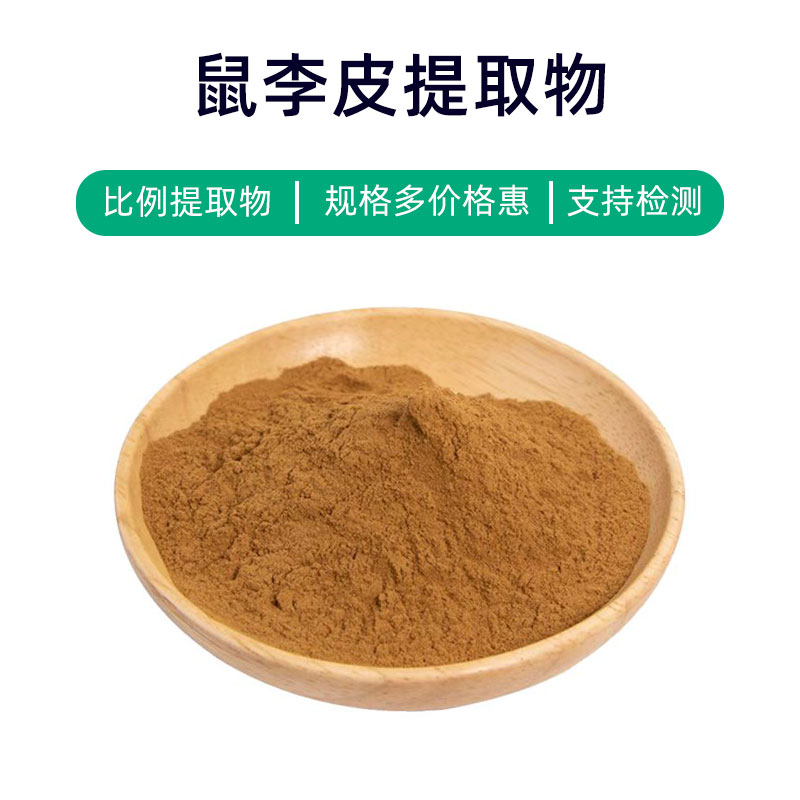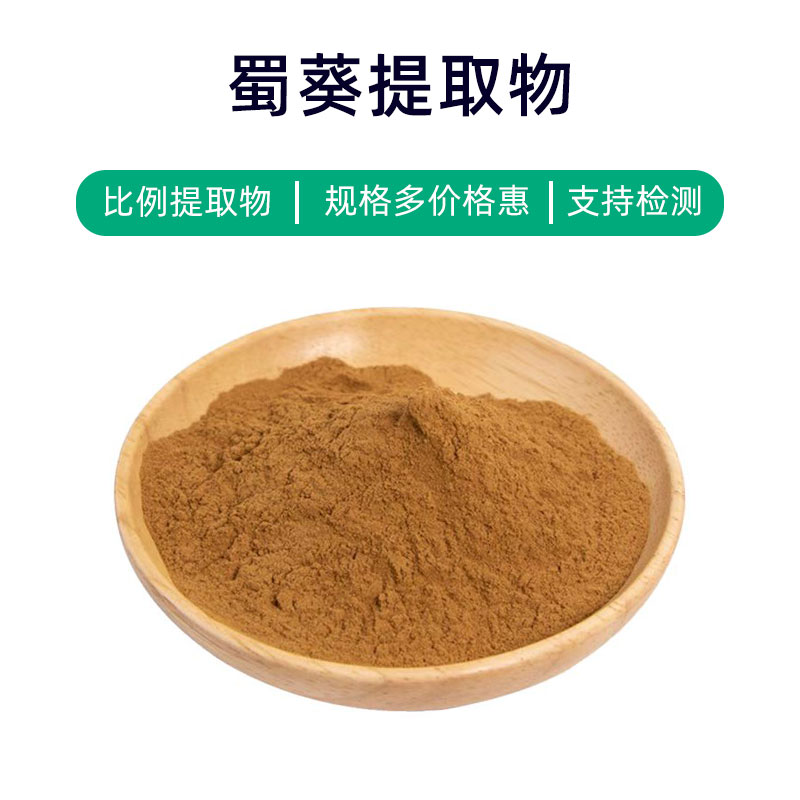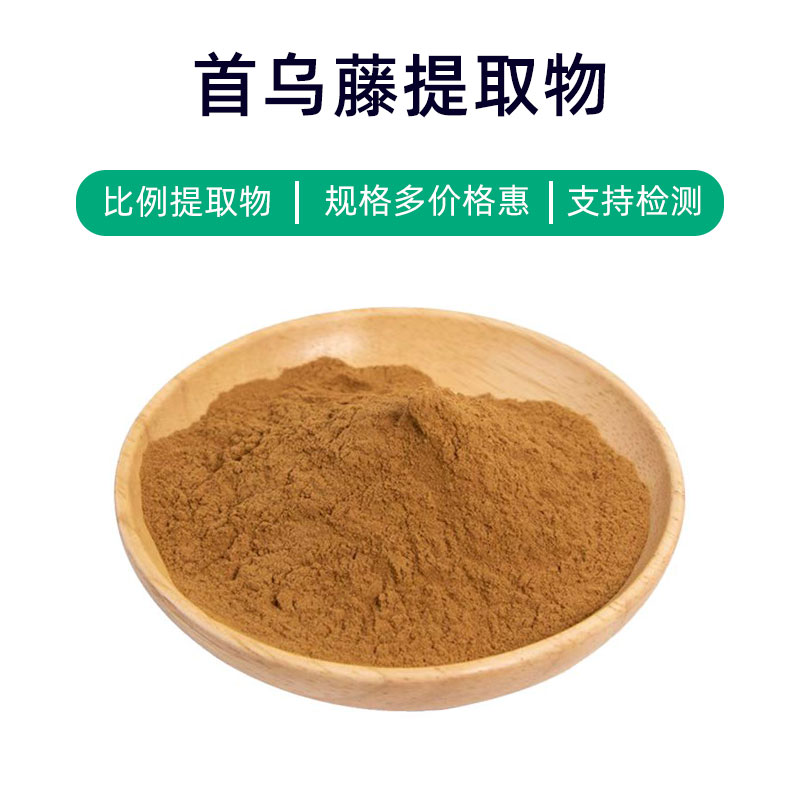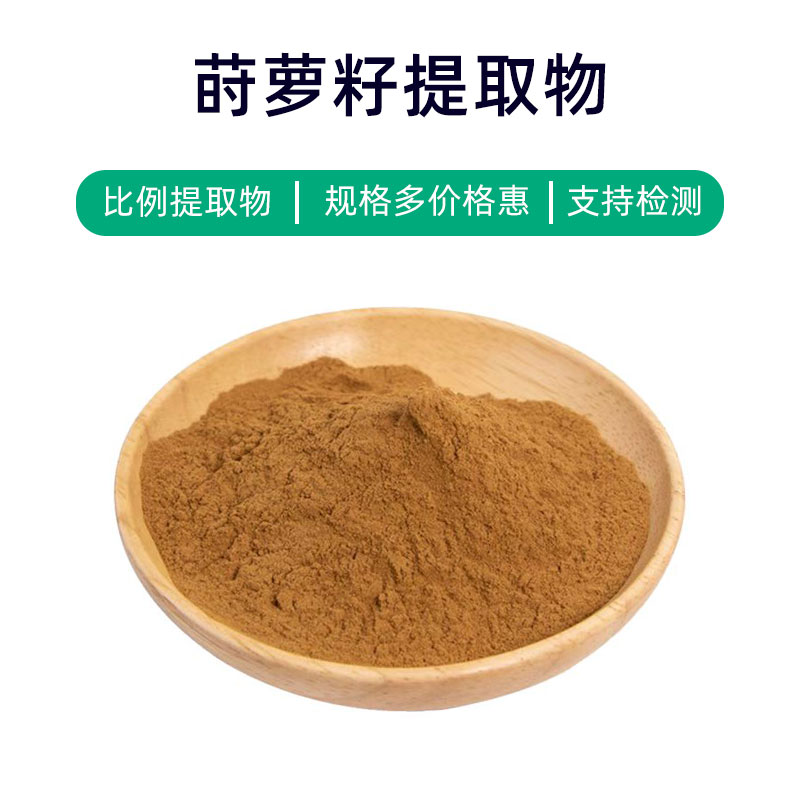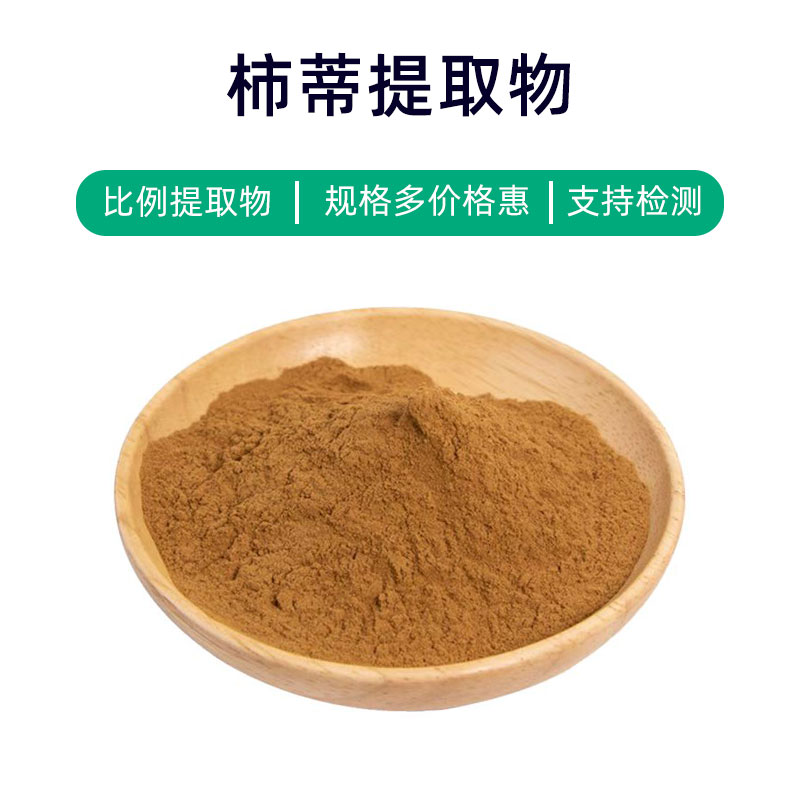Product Introduction for Cat's Claw Extract
Cat's Claw Extract is a natural plant extract derived from the roots and leaves of the Uncaria tomentosa plant. Its main components include bioactive compounds like oxindole alkaloids and polyphenols. This extract is widely used in health supplements, pharmaceuticals, and cosmetics.
The product boasts numerous benefits, most notably its antioxidant and anti-inflammatory properties. Cat's Claw Extract is rich in polyphenolic compounds, which can neutralize free radicals in the body, reducing oxidative stress on cells and promoting cellular health. Additionally, it has anti-inflammatory effects that can alleviate inflammation, joint pain, and gastrointestinal discomfort.
In the realm of health supplements, Cat's Claw Extract is often utilized as a nutritional supplement, enhancing immune function, improving resistance, and providing anti-aging and fatigue-relief benefits. In pharmaceuticals, it is used to produce anti-inflammatory, antioxidant, and antibacterial medications for conditions like rheumatoid arthritis and inflammatory bowel disease. In cosmetics, it is added to skincare products for its antioxidant, soothing, and anti-aging properties, making it suitable for skincare, masks, and hair care products.
Production Process for Cat's Claw Extract
The production process for Cat's Claw Extract typically involves the following steps:
- Raw Material Collection and Preparation: Fresh Cat's Claw plants, including roots and leaves, are harvested. The plants should be collected during their peak growth phase, when bioactive compounds are at their highest. After gathering, the plants are washed and cleaned of impurities to ensure the quality of the extract.
- Extraction: The cleaned Cat's Claw plants are shredded or ground and then extracted. Common extraction methods include water extraction, ethanol extraction, and supercritical fluid extraction. The choice of extraction method depends on the desired product characteristics.
- Concentration and Filtration: The mixture obtained from extraction is concentrated to remove excess solvents and moisture. Next, filtration is performed to eliminate plant residues, impurities, and solid particles, resulting in a purified extract.
- Refinement and Separation: Further refining of the extract occurs, using methods like distillation, crystallization, or freeze separation. These processes help isolate target components and enhance the purity and stability of the extract.
- Drying: Finally, the refined extract undergoes a drying process to remove any remaining moisture, resulting in a dry extract. Common drying methods include spray drying, vacuum drying, and freeze-drying.
- Quality Control and Packaging: Throughout the entire production process, strict quality control measures are implemented, monitoring composition, purity, and microbial limits. Finally, the extract is packaged to ensure its quality and stability.
These steps collectively establish the production process for Cat's Claw Extract, ensuring product quality and effectiveness.
Effects and Side Effects of Cat's Claw Extract
Cat's Claw Extract has significant effects in various areas, which include:
- Antioxidant Effects: Rich in polyphenolic compounds and antioxidants, Cat's Claw Extract helps eliminate free radicals, slows down cell aging, and protects cells from oxidative stress.
- Anti-inflammatory Effects: It contains several active components that exhibit pronounced anti-inflammatory properties, alleviating inflammation, pain, and swelling, as well as showing therapeutic effects on inflammation-related diseases.
- Immune Regulation: The bioactive components of Cat's Claw Extract can modulate immune system function, enhance immunity, and improve resistance, which aids in preventing and treating immune-related diseases.
- Antibacterial and Antiviral: Cat's Claw Extract shows certain antibacterial and antiviral activities, applicable for preventing and treating various infectious diseases.
- Diuretic and Anti-edema: Traditionally, it is used as a diuretic to help eliminate excess water and toxins from the body, reducing edema and promoting urination.
- Liver Protection: It helps protect the liver, reducing damage and promoting liver cell regeneration, beneficial for preventing and treating hepatitis and fatty liver disease.
- Blood Sugar Regulation: Some components of Cat's Claw Extract can help regulate blood sugar levels, aiding in the management of diabetes and other metabolic disorders.
- Anti-allergic: Active components can inhibit allergic reactions and alleviate symptoms related to allergies, such as allergic rhinitis and skin allergies.
It is important to note that while Cat's Claw Extract offers numerous benefits, individual variations and side effects may occur during use. Long-term or excessive use could lead to gastrointestinal discomfort or allergic reactions. Therefore, consulting a healthcare professional or pharmacist before use is recommended, and users should strictly follow guidelines to mitigate any unnecessary risks.
Application Scenarios and Dosage for Cat's Claw Extract
Cat's Claw Extract has extensive applications in medicine, food, and cosmetics. Below are its applications, usage, and dosage in these three fields:
- Medical Applications:
- Usage: Commonly used in traditional herbal medicine and modern medicine to treat various diseases and improve health.
- Dosage: Common methods of administration include oral, topical, decoction, or boiling. Forms include tablets, oral solutions, and ointments. Specific dosages should be based on product guidelines or medical advice; typically, adults may take 3-6 grams per dose, 2-3 times daily. Topical medications can be applied to affected areas as needed.
- Food Applications:
- Usage: Often added to various foods to enhance nutritional value, improve taste, or achieve specific functional effects.
- Dosage: Usage in food is generally as an extract, with amounts determined by food type and production methods, typically following food additive regulations. It's recommended to use under professional guidance.
- Cosmetic Applications:
- Usage: Frequently found in various cosmetic products like skincare items, shampoos, and body washes, offering moisturization, antioxidant, and soothing benefits.
- Dosage: It can be incorporated as an ingredient in cosmetics or used as a standalone product. Specific amounts should adhere to the product formulation and usage instructions, generally following product guidelines.
It is essential to observe the following when using Cat's Claw Extract:
- Ensure product quality and source by selecting reputable manufacturers.
- When used medicinally, consult a healthcare professional and adhere strictly to medical recommendations.
- In food and cosmetic applications, be mindful of formulations and ingredients to avoid excessive use.
- Individuals with allergies to Cat's Claw or specific medical histories should avoid the product.
- If adverse reactions occur, discontinue use and seek medical advice.
In summary, the application of Cat's Claw Extract across various fields should be guided by specific circumstances and professional advice. Proper usage can maximize its effectiveness while minimizing risks.
Overview of the Plant Source of Cat's Claw Extract, Distribution, and Growing Environment
Cat's Claw, scientifically known as Orthosiphon aristatus, also called Java tea, is a common herbaceous plant belonging to the mint family. Here’s an overview of the plant source of Cat's Claw Extract, along with its distribution and growing environment:
- Plant Overview:
Cat's Claw is a perennial herb with upright or slightly tilted stems, generally reaching heights of 24 to 60 inches. Its leaves are ovate or lanceolate, opposite, with serrated edges. The flower clusters are in a spike shape, typically white, purple, or pale purple. The fruit is a flattened, four-part capsule. - Distribution:
Cat's Claw is native to Southeast Asia, primarily distributed in countries like Malaysia, Indonesia, Thailand, and Vietnam. Due to its medicinal and ornamental value, it’s been introduced to other regions and is widely cultivated. - Growing Environment:
Cat's Claw prefers a warm and humid environment, is adaptable, and grows in low to mid-elevation areas like open forests, grasslands, hillsides, and riverbanks. Its ideal temperature range for growth is between 68°F and 86°F, requires ample sunlight, and though it isn’t particular about soil, it thrives best in loose, well-drained loam. In suitable environments, Cat's Claw grows rapidly, reproducing abundantly and is easy to cultivate and maintain. - Cultivation Considerations:
To obtain high-quality Cat's Claw Extract, attention should be given to:
- Selecting quality seeds to ensure genetic purity.
- Providing sufficient sunlight and adequate water.
- Regular weeding and fertilization to keep soil fertile.
- Pest and disease management to ensure plant health.
In conclusion, Cat's Claw is an important medicinal and ornamental plant, with its wide distribution and adaptability making it a significant cultivation target in many regions. Proper cultivation management can boost yield and quality, meeting market demand, and providing reliable raw material sources for extract production.
Processing and Storage of Cat's Claw Extract
The processing of Cat's Claw Extract generally involves the following steps: First, appropriate methods are used to wash, grind, and dry the Cat's Claw plant to remove impurities while retaining its active compounds; next, suitable solvent extraction techniques, such as soaking or supercritical fluid extraction, are employed to extract the active components from the plant; finally, the extracted material undergoes filtration, concentration, and drying to produce the finished Cat's Claw Extract.
For storage, Cat's Claw Extract should typically be kept in a dry, cool, and well-ventilated environment, avoiding direct sunlight and high temperatures. It should also be stored in a sealed container to protect against moisture and oxygen. Regular checks on the appearance and quality of the extract are important, alongside measures to prevent moisture and mold, ensuring long-term stability and efficacy.
Monica Sun is a seasoned expert in the plant extraction industry with over a decade of experience in research and production. She specializes in the extraction and purification of plant active ingredients, focusing on driving innovation in natural product applications. Monica has participated in the development of multiple functional plant extracts, delivering high-value natural raw material solutions for the health food, pharmaceutical, and dietary supplement sectors.









